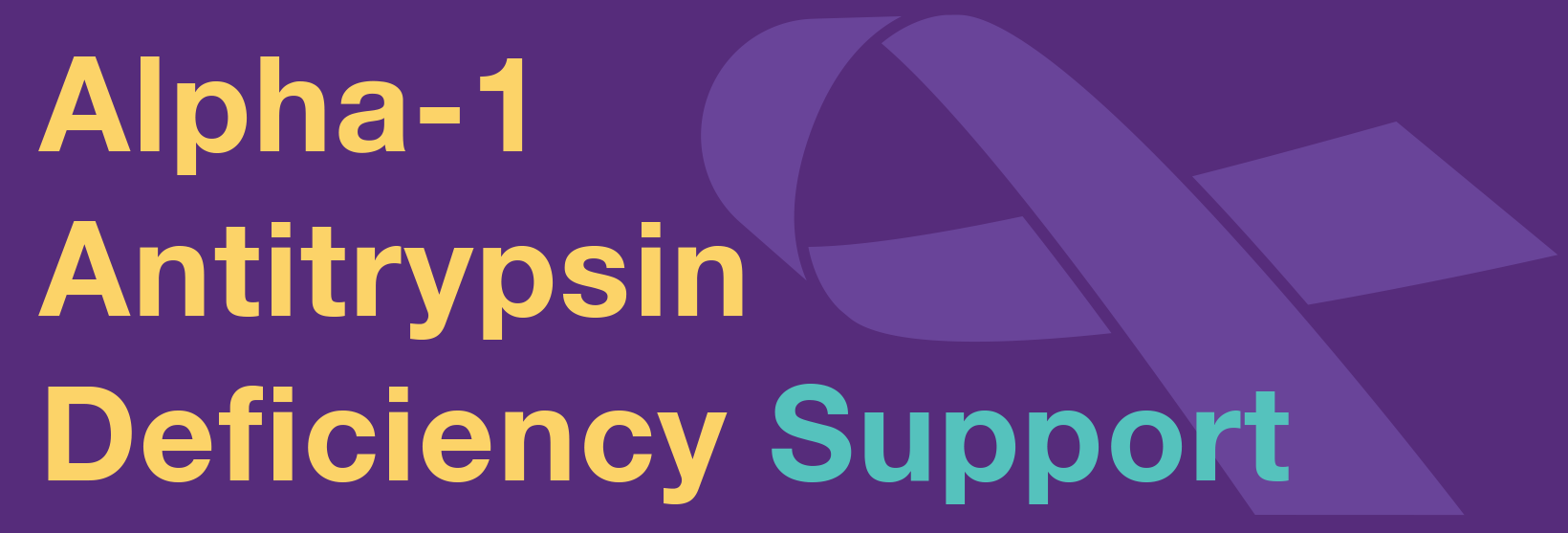There is some disagreement on the risk of lung disease for an MZ. Some sources say there is no increase in risk, some say there is a small increase in risk. The one thing that the experts and studies do agree on is the danger smoking poses to an MZ. Dr. Sandhaus has said that those MZs who smoke are 10 times more likely to end up with COPD than MMs who smoke.
In summary, we have specifically shown a gene-by-environment interaction in PiMZ heterozygotes leading to an increased risk of COPD in ever-smokers. There was no increased risk because of PiMZ genotype in never-smokers. This challenges some of the underlying tenets of the protease-antiprotease theory of the pathogenesis of COPD and makes it imperative to diagnose PiMZ heterozygotes early to avoid smoking initiation or provide another reason for smoking cessation to reduce the risk of COPD.
Clarification of the Risk of ChronicA condition or illness that arises slowly over days or weeks and may or may not resolve with treatment. It is the opposite of acute. More Obstructive PulmonaryMedical term referring to the lungs. More Disease in α1-Antitrypsin Deficiency PiMZ Heterozygotes - Feb 15, 2014
Those who smoke are at greater risk for COPD than smokers in the general population.
Occupational and environmental exposures may also influence lung disease in smokers.
Those who do not smoke are not at an increased risk for COPD.
Alpha-1-To-One, Winter 2018 – Alpha-1 Foundation
Compared with PI MM individuals, PI MZ heterozygotes had lower FEV₁/(F)VC ratio in two independent studies. Our results suggest that PI MZ individuals may be slightly more susceptible to the development of airflow obstruction than PI MM individuals.
α₁-Antitrypsin protease inhibitor MZ heterozygosity is associated with airflow obstruction in two large cohorts - NIH, National Center for Biotechnology Information
A longitudinal cohort study assessed the contribution of A1AT deficiency or abnormal alleles on symptoms and rate of lung function decline in New York (USA) fire department rescue workers following the World Trade Centre (WTC) collapse in 2001 (30). Mild (Pi*MZ) A1AT deficiency was associated with persistent cough and accelerated rate of FEV1 decline in the immediate four years following the WTC collapse. These findings highlight the possible anti-inflammatory role of A1AT, not only in the setting of chronicA condition or illness that arises slowly over days or weeks and may or may not resolve with treatment. It is the opposite of acute. More exposure to airborne pollutants such as tobacco smoke, but also following acuteA condition or illness that usually has a rapid onset of symptoms and may resolve within days with or without treatment. It is the opposite of chronic. More exposure to intense inflammatory stimuli, such as occurred after the WTC collapse.

